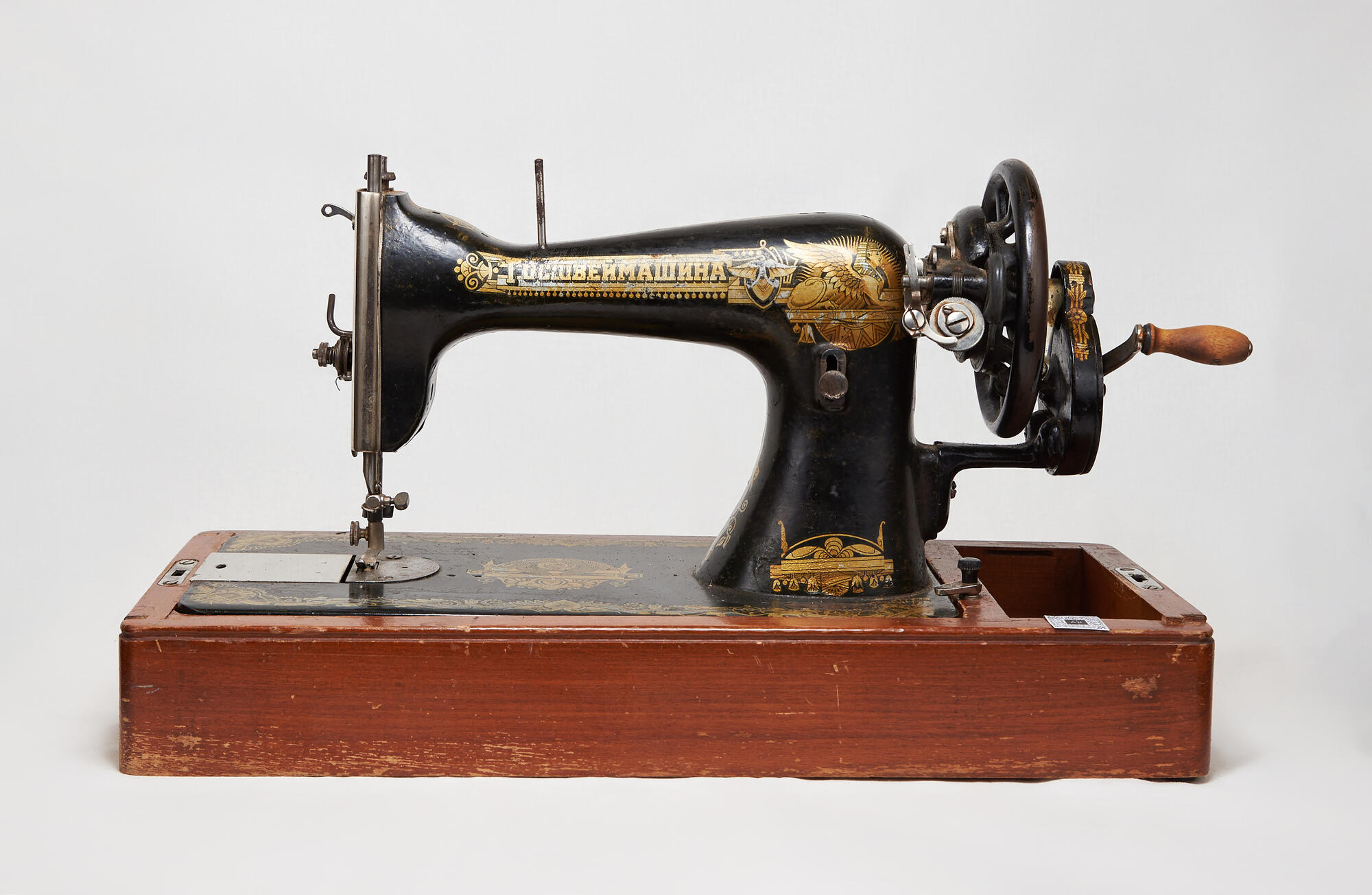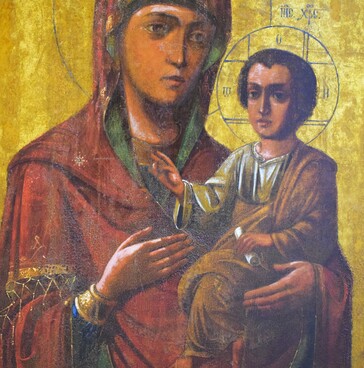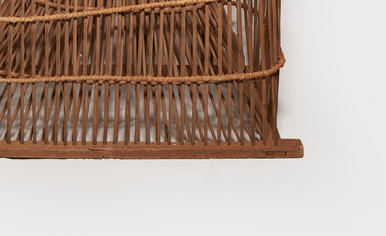The first mechanical device reproducing a hand stitch was patented in 1755 by an English engineer of German origin, Charles (Karl) Fredrick Wiesenthal. For almost a hundred years, Thomas Saint, Thomas Stone, James Henderson, John Duncan, Josef Madersperger and others worked on developing sewing machines. In 1845, Elias Howe patented a lockstitch machine.
The inventor Isaac Singer closely examined the mechanism of sewing machines in the sewing machine repair shop of Orson Phelps. He improved the design by replacing the rotary shuttle with a falling one (it moved up and down, keeping the thread from getting tangled), and adding a table to support the fabric and a foot treadle. Furthermore, he invented a vertical needle-holding bar, which made it possible to do the running stitch. It took him several days to complete the work, and in 1851 the model was patented, even though Singer simply modified an existing model.
The first Singer machines were expensive (100 dollars per machine), which hindered their popularity. Soon, to make the machines more affordable, customers were offered installment plans. Additionally, over time, it was possible to reduce the cost of parts and production. Buyers were also attracted by the program of after-sales service, which included repairing and delivery of original parts.
The sewing machine was also popular in the Russian Empire. In 1896, the joint-stock company “Manufacturing Company Singer” was established there, and from 1902 the machines were produced in the country.
In 1904, the Singer plant was opened in Podolsk, and nine years later the company was already producing about 600,000 sewing machines a year. After nationalization in 1918, for some time, the plant manufactured other household appliances. In 1923, it again began making sewing machines, but under the brand name “Gosshveimashina”. The products were known for their high quality and original parts.
In 1931, Gosshveimashina became known as the “PMZ” (Podolsk Mechanical Plant). Its machines were noticeably inferior to the original models.
Modern experts do not consider such sewing machines to be antiques, given their prevalence and the number of copies that have been well preserved to this day.





